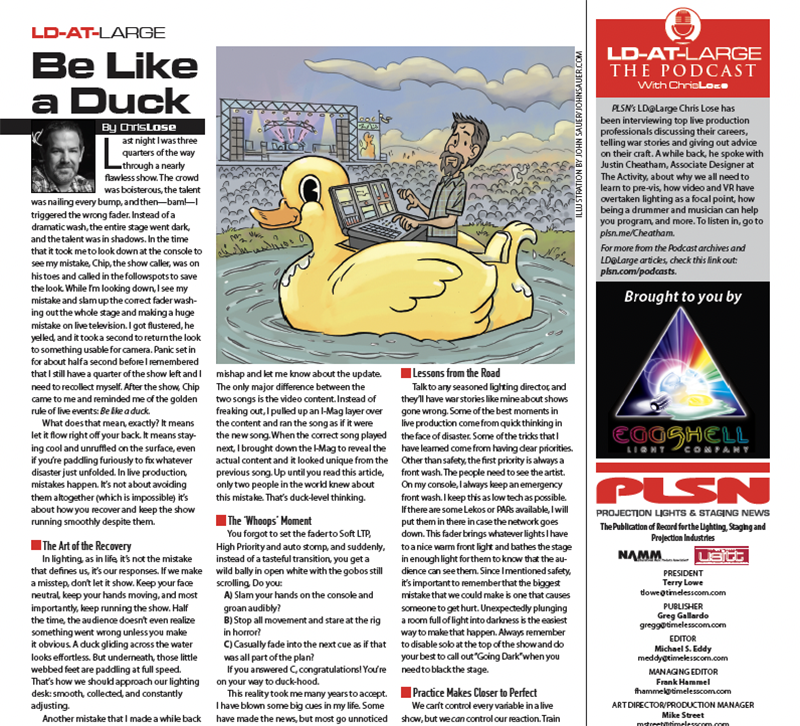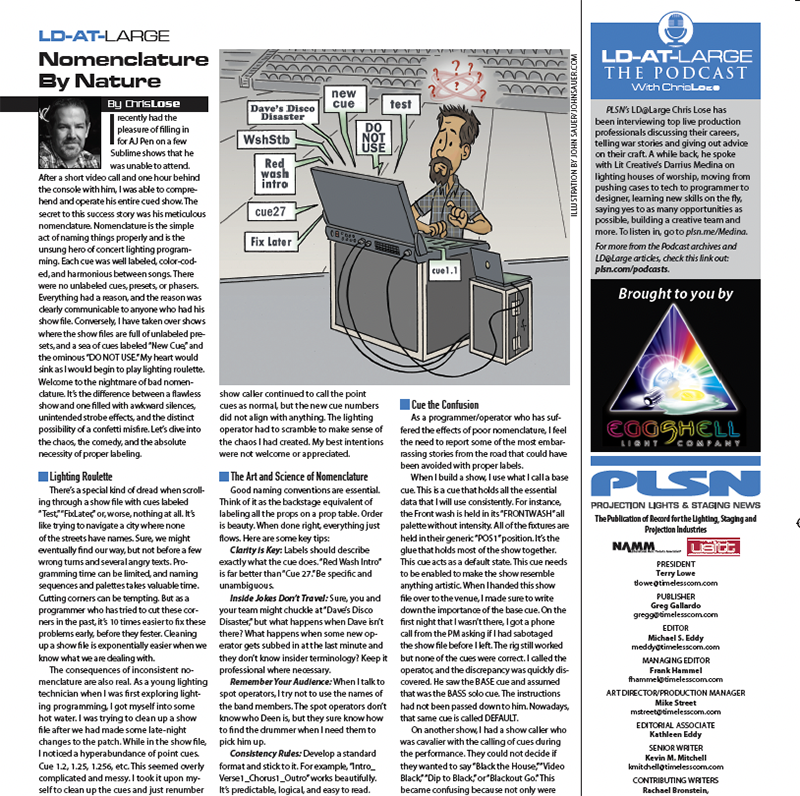“A stunning first impression was not the same thing as love at first sight. But surely it was an invitation to consider the matter.” —Lois McMaster Bujold
The performance starts as soon as the audience walks into the venue. The sight of the lobby, the smell of the arena, the ambience of the house music and the vibe of the room are all part of the overall experience for entertainment seekers. A brilliantly lit lobby is almost as important as a perfectly timed rock show. The up lighting of the lobby marble columns can rival the dramatic effect of most well placed PAR Cans. A gorgeous hand crafted chandelier can put patrons in the right frame of reference. Concertgoers need to be entertained from parking lot to walk out look. They are looking for positive vibes the moment they purchase a ticket. They need a release from the humdrum life of starring at the same cubicle wall after the same commute and returning to same broccoli dinner that they had last Tuesday. They have paid their hard earned money to be entertained, and it is our job to provide those feel-good moments. There is no need for us to skimp on the show. There is also no need for us to skimp on the show before the show. Here are four cost-you-nothing tips that you can use to extend your show from parking lot to parking lot.
1. Put effort into a walk-in look.
The purpose of a walk-in look is simple. To give the audience something to look at when they walk in. You might say “Duh Chris,” “That’s why it’s called a walk-in look,” or “Why am I reading this?” Because I have attended a few shows lately where people have forgotten about the walk-in look. That’s how I would respond if you had said that to me. I have been to shows where the stage is black, the guitar amps are hidden and the video wall is black. Here’s why that’s a problem.
First, the stage is part of your show. We need to showcase our space. We don’t want to give away any of our tricks or expose the aces in our sleeves, but we do want to create an atmosphere. We want to the audience to grasp the size and scope of what they are about to witness. If the stage looks smaller than it is, their minds and their pupils will constrict. Unconsciously, they will be unwilling to receive the message in its grandiosity.
Secondly, we need to light the gear to show off the tools that we will be using to rock their otherwise monotonous week. When I take the time to shutter in the guitar amps for the walk-in look, I often see wanna-be guitar aficionados gushing over the amps during the pre-show. I have witnessed several amateur gear heads enthusiastically adoring the amps, the drumheads and the bass cabinets from afar. They are often using the full zoom range of their 4.1-megapixel-point-and-clicks to snap their photo from the fifteenth row so that they can show their co-workers on Monday.
Thirdly, I like to put up a logo of the band or tour on the video wall, whenever possible. My news thread is full of people at shows taking selfies from the nosebleeds before the show. Their necks are craned and their arms are outreached to get the perfect angle of themselves, their bestie and the stage. When the stage is just a black video wall, I become disheartened. This was a missed opportunity for the band logo to be featured in some free viral attention. Having the logo sets your pre-show apart from the rest. Don’t blow that opportunity to create a positive mood for your audience
2. Create a mood.
Moods are created with pleasant sounds, gracious lighting and positive vibes. The walk-in music should match the tempo and genre, but not be the same as the music that the audience is about to witness. Side Note-Rant Warning: What in the H-E-Double Hockey Sticks are people thinking when they put the name of the band into Pandora and allow that to play for walk-in?? They end up with the exact songs that the audience is about to hear but in .mp4 format and ruin the vibe. I don’t get it. It’s tacky, unnecessary and lazy. The mood needs to get people into a frame of mind without exposing the magic. The main idea is to warm the audience up to receive the message of the headlining act.
3. Treat the opening act with respect.
The opening act was, hopefully, chosen for a reason. The intention of their presence is to expand the minds of the audience and get their experiential palette lubed up for the big show. The opening act is designed to take the audience from zero to 50 on the excitement scale. If the opening act is unable to get people warmed up, the burden will fall solely on the headliner. If the headliner has to expend unnecessary effort to get the crowd where they need them, they may run out of juice before the end of the show. And if the opening band has been given the tools that they need to give their best performance, they have a far greater chance of achieving their goals. Give the opening band as many tools as you can. Give their LD time to program whenever possible. Don’t give them access to your big guns, but DO give them the time to at least properly aim their peashooters. Treat the opening band with respect. They may be the headliner sooner than you know. They will remember you if you are cordial, and they will blacklist you if you are disagreeable.
4. Be polite at FOH.
I usually sit out at FOH for at least 15 to 30 minutes before the show. I have had people come and talk to me for some of the silliest reasons. I’m sure that we could go on for a hundred pages discussing the most absurd questions that we have been asked. Leave them in the comments if you are reading this online. The most common one is “Where were you guys last night?” and “Where are you going tomorrow?” The worst one that I can currently remember happened a few weeks ago when a stranger asked “Can I come backstage because I used to fly a plane that was named Stevie back in 1940-something and I think she would like to hear that story.” Even though Stevie probably would have liked that story, I was unwilling to accept that much liability for bringing anyone anywhere they don’t belong. That was no reason to be rude. I got on headset and pretended to ask for clearance. The imaginary response was “NO” and I told the audience member that her request had been respectfully denied. She thanked me for trying and went back to her seat. It’s easier to be kind than it is to be rude. That is just one example of how much easier it is to set a positive vibe in the room instead of a negative one.
Illustration by Andy Au



